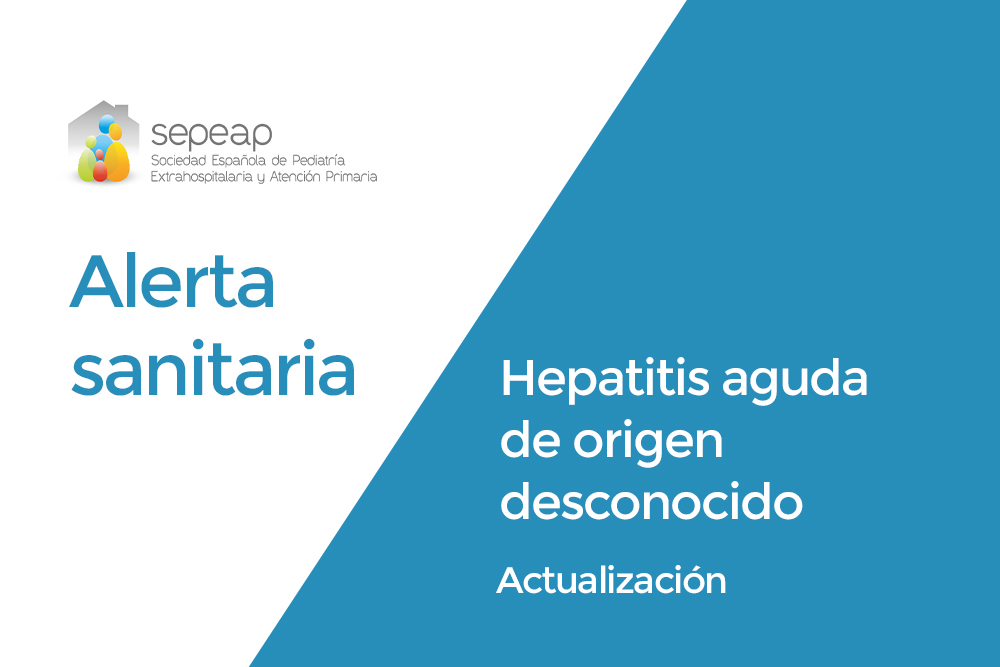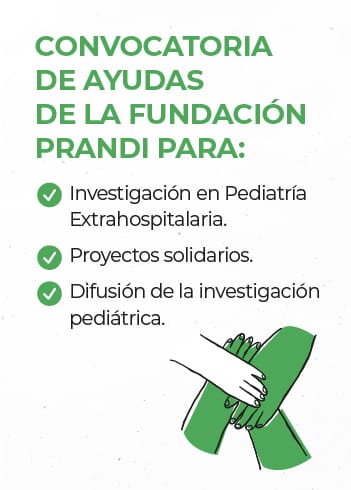Actualización a 9 de junio de 2022.
On 5 April 2022, an increase in acute hepatitis cases of unknown aetiology among previously healthy children aged under 10 years was reported by the United Kingdom (UK) to the World Health Organization’s International Health Regulations (IHR) notification system. Testing has excluded viral hepatitis types A, B, C, D and E and other known causes of acute hepatitis. Additional cases have been reported from the EU/EEA countries and globally.
As of 9 June 2022, 402 cases of acute hepatitis of unknown aetiology in children aged 16 years and below have been reported from the European region, of which 402 were classified as probable and none as epidemiologically linked, by 20 countries (Austria (two), Belgium (14), Bulgaria (one), Cyprus (two), Denmark (seven), France (seven), Greece (six), Ireland (13), Israel (five), Italy (31), Latvia (one), the Netherlands (14), Norway (five), Poland (eight), Portugal (15), Republic of Moldova (one), Serbia (one), Spain (36), Sweden (nine), and the United Kingdom (224)).
ECDC and WHO set up a case-based surveillance system with a common case definition and reporting protocol for countries to report cases, results from the analysis of this data can be found in the Joint ECDC-WHO regional Office for Europe Surveillance Bulletin.
ECDC is working in close collaboration with involved countries, WHO and other relevant stakeholders on the investigation of the aetiology of the clinical syndrome. According to the latest ECDC Rapid Risk Assesment, the current leading hypothesis is that a co-factor affecting young children having an adenovirus infection, which would be mild in normal circumstances, triggers a more severe infection or immune-mediated liver damage. Other aetiologies (e.g. other infectious or toxic agents) are still under investigation and have not been excluded but are considered less plausible. The complete disease pathogenesis is not clear yet. The disease is rare and evidence around human-to-human transmission remains unclear; cases in the EU/EEA are almost entirely sporadic. As a result, the risk for the European paediatric population cannot be accurately assessed.









